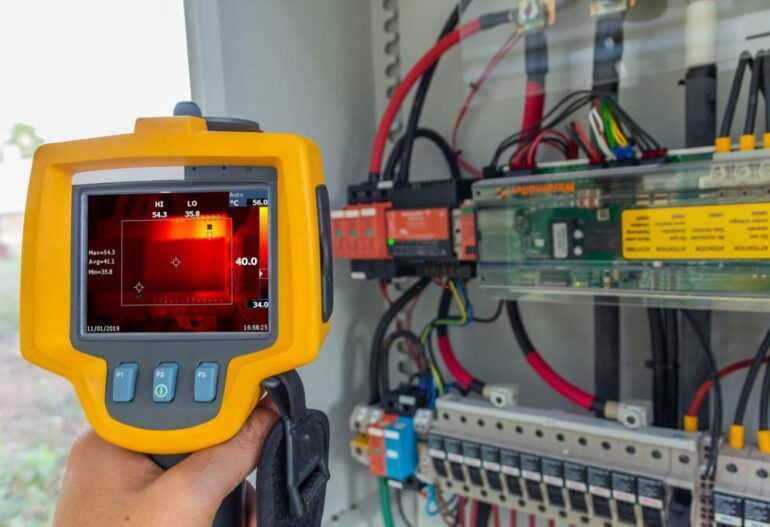In today’s rapidly advancing world, energy efficiency has become a critical concern. As we strive to minimize our carbon footprint and reduce energy consumption, it is essential to identify and address the various factors that contribute to inefficiency. One often overlooked culprit is energy leakage. In this blog post, we will delve into the concept of energy leakage, explore its implications, and discuss strategies to mitigate this hidden problem.
Understanding Energy Leakage:
Energy leakage refers to the phenomenon where energy is wasted or lost during its production, transmission, or consumption processes. It occurs when energy is not efficiently utilized and escapes in various forms, leading to unnecessary wastage. Energy leakage can manifest in different sectors, including residential, commercial, and industrial settings.
Common Causes of Energy Leakage:
Inefficient Infrastructure: Aging or poorly maintained infrastructure, such as outdated electrical systems, pipelines, or HVAC systems, can lead to energy leakage. These systems may have leaks, cracks, or inadequate insulation, causing energy to escape.
Standby Power: Many electronic devices, such as televisions, computers, and charging adapters, continue to consume power even when not in use. This standby power, also known as vampire power or phantom load, accounts for a significant portion of energy leakage.
Inefficient Lighting: Traditional incandescent light bulbs are highly inefficient, as they produce more heat than light. Additionally, leaving lights on unnecessarily or using inefficient lighting fixtures can contribute to energy leakage.
Lack of Energy Management Systems: In the absence of proper energy monitoring and management systems, it becomes challenging to identify and rectify energy leakage issues. Without real-time data and analytics, energy inefficiencies can go unnoticed.
Implications of Energy Leakage:
Energy leakage has several negative consequences, both economically and environmentally:
Increased Energy Costs: Energy leakage results in wastage, leading to higher energy bills for consumers and businesses. This unnecessary expenditure affects financial resources, diverting funds that could be utilized more effectively.
Environmental Impact: Wasted energy contributes to increased greenhouse gas emissions and pollution. By reducing energy leakage, we can minimize our carbon footprint and mitigate the effects of climate change.
Strained Infrastructure: Energy leakage places additional stress on power generation and distribution systems. Addressing this issue can alleviate the strain on existing infrastructure and delay the need for costly upgrades.
Mitigating Energy Leakage:
Energy Audits: Conducting regular energy audits can help identify areas of energy leakage. These audits evaluate energy usage patterns, identify inefficiencies, and provide recommendations for improvement.
Energy-Efficient Infrastructure: Investing in modern, energy-efficient equipment, such as appliances, lighting, and HVAC systems, can significantly reduce energy leakage. Upgrading infrastructure and using energy-saving technologies can yield long-term cost savings.
Standby Power Management: Power strips with on/off switches or smart power outlets can help eliminate standby power consumption. By completely cutting off power to idle devices, significant energy savings can be achieved.
Behavioral Changes: Promoting energy-conscious habits, such as turning off lights when not in use, utilizing natural lighting, and adopting energy-saving practices, can collectively reduce energy leakage.
Energy Management Systems: Implementing energy management systems and using real-time monitoring tools can help track energy consumption and identify areas of inefficiency. These systems allow for proactive energy management and facilitate timely interventions.
Energy leakage poses a significant challenge to our efforts to achieve energy efficiency and sustainability. By understanding the causes and implications of energy leakage, we can take proactive measures to mitigate its effects. Through investments in efficient infrastructure, behavioral changes, and the use of energy management systems, we can curb energy leakage, reduce costs, and contribute to a greener and more sustainable future.


![[Downloader.la]-646468798def8 Farmers who open agricultural tractors in solar photovoltaic districts are harvesting rice](http://65.2.130.91/wp-content/uploads/2023/05/Downloader.la-646468798def8-90x67.jpg)
